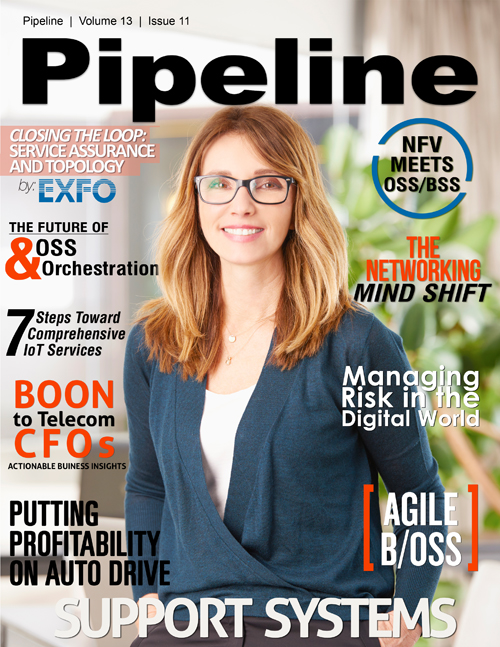Putting Solution Provider Profitability on Auto Drive: Myth or Reality?
Optimize quotes for profitability
Bills of Materials (BOMs) can be automatically analyzed for opportunities to grow revenues, increase margins, and reduce risks. Instead of manual processes, BOMs can be analyzed quickly and easily to assure that designers are taking advantage of opportunities to increase margins and profitability–without taking weeks to do the analysis.
Increase workflow efficiencies
Incorporating ERP and CRM systems in the ecosystem makes workflows even more efficient. For example, sales people can create initial proposals remotely at the customer site and place them in salesforce.com. They can then send those proposals from salesforce.com to solution architects who would create complex designs and documentation that can then be sent back to the sales person for customer review.
Take advantage of vendor incentives in the design process
Through the ecosystem, engineers receive prompts on vendor promotions and incentives while they are creating designs. Instead of manually searching manufacturer web sites for higher margin substitutions, engineers and architects can automatically see alternate SKUs that are relevant and eligible for rebate as they create designs.
Stimulate inclusion of high margin services and equipment
Sales behavior can be influenced early to increase profit and to stimulate adherence to best practices. For example, the solution provider’s own professional services can automatically be associated with a SKU during the design phase or they can encourage selection of equipment that is overstocked, has a distribution promotion, or has better margin.
A sales ecosystem optimizes profitability
The power of the sales ecosystem is in collaboration, integration, and project and data sharing. The ecosystem efficiently manages the full sales lifecycle so solution providers can deliver IT proposals faster than the competition, win more deals, maximize profits, and implement successfully the first time without requiring additional truck rolls or experiencing delays due to rework.
The ecosystem enables solution providers to focus on the business, not on gathering data. Powerful business intelligence and analytics identify actionable insights in real time for competitive advantage. Solution providers can maximize rebates, manage their supply chain, and consistently include high margin services and enforce use of best practices.





















